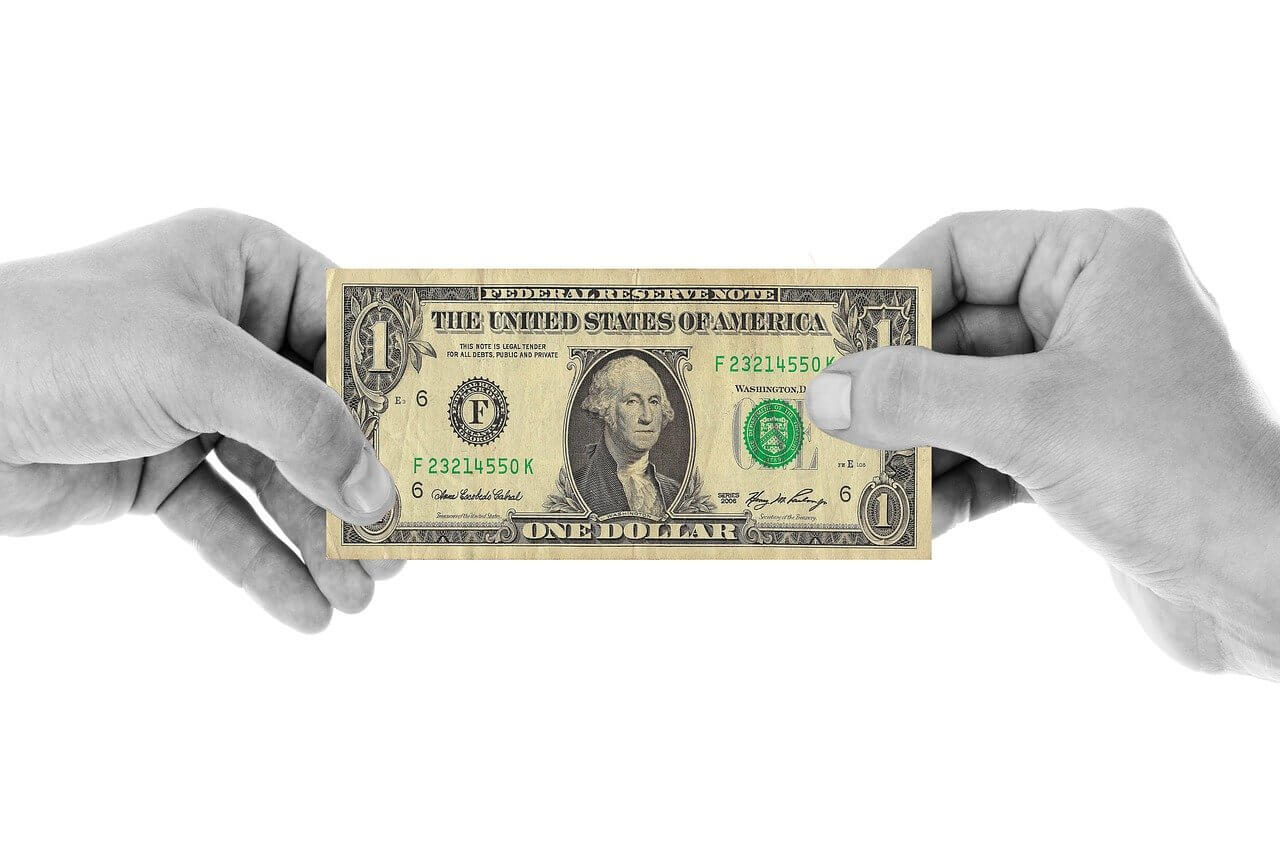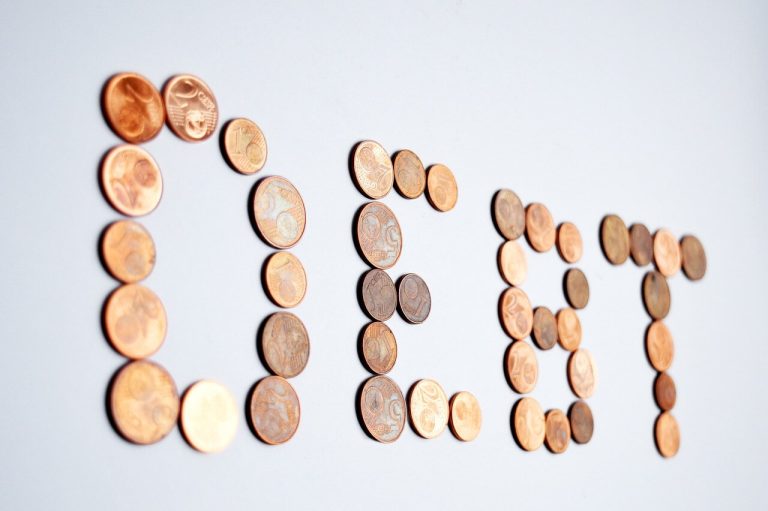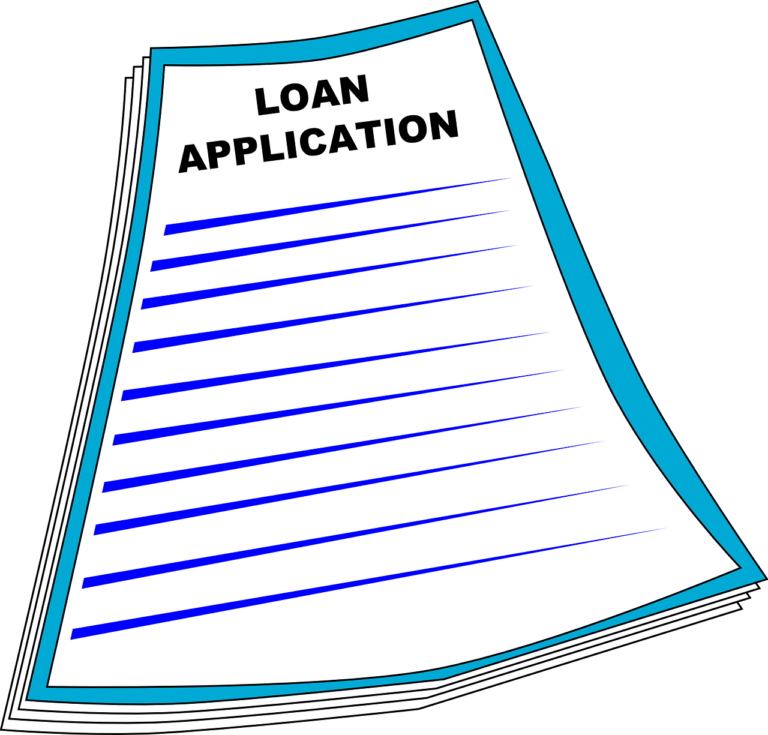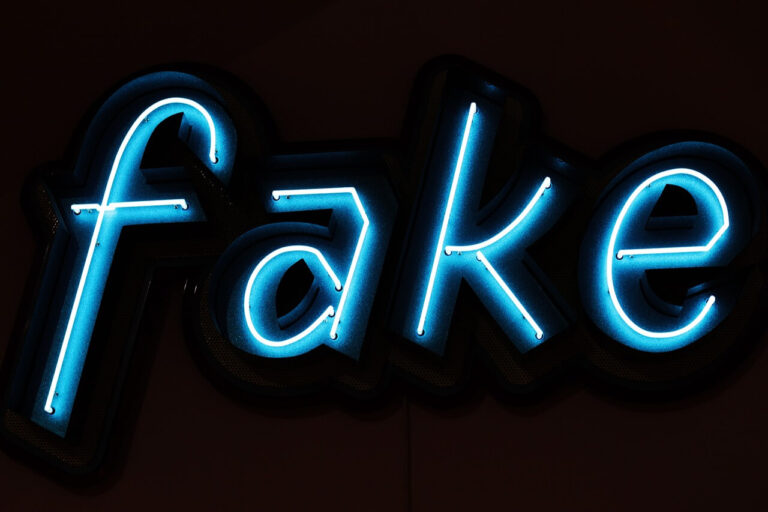How to Qualify for a VA Loan with Bad Credit
Learn how to qualify for a VA loan with bad credit using the right strategy. Learn how to improve approval odds, find VA-friendly lenders, and secure the best loan terms. Understanding how to qualify for a VA loan with bad credit is essential for many veterans.
VA loans offer a very good opportunity for veterans, active-duty service members, and spouses who are eligible to secure home financing with favorable terms. However, many assume that bad credit disqualifies them from obtaining a VA loan. The good news is that VA loans are more flexible than conventional mortgages, and even with a low credit score, you may still qualify. This guide explores how to get approved for a VA loan with bad credit, strategies to improve your chances, and steps to secure the best loan terms.
Knowing how to qualify for a VA loan with bad credit can make a significant difference in your home buying journey. This knowledge empowers you to take informed steps towards homeownership.
Understanding VA Loan Credit Requirements
Unlike conventional loans, the Veterans Affairs department does not put a minimum credit score requirement for VA loans. Instead, it guarantees a portion of the loan, allowing lenders to offer more lenient terms. However, individual lenders may set their own credit score thresholds, typically ranging from 580 to 620.
Factors Lenders Consider Beyond Credit Scores
Even with bad credit, lenders evaluate multiple factors when determining eligibility:
- Debt-to-Income Ratio (DTI) – A lower DTI (usually under 41%) strengthens your application.
- Payment History – A history of quick repayment can offset a low credit score.
- Residual Income – Lenders assess your ability to cover living expenses after mortgage payments.
- Employment Stability – A steady income stream reassures lenders of your repayment ability.
- Compensating Factors – Large savings, a solid rental history, or a low DTI can improve approval chances.
READ ALSO: How to Avoid Payday Loans and Find Better Alternatives
READ ALSO: How to Apply for Business Loan Through Banks
READ ALSO: What You Must Know About Discover Student Loans
READ ALSO: Best Loan Apps in Nigeria 2025 [CBN Highly Endorsed No. 5]
Steps to Qualify for a VA Loan with Bad Credit
So, if you’re wondering how to qualify for a VA loan with bad credit, start by reviewing your financial health today.
1. Check Your Credit Report and Fix Errors
Before you apply, make sure you review your credit report for errors or outdated negative information. You can get a free credit report from AnnualCreditReport.com. If you spot inaccuracies, dispute them with the credit bureaus to improve your score.
By focusing on how to qualify for a VA loan with bad credit, you can set yourself up for success in a competitive market.
2. Work with VA-Friendly Lenders
Ultimately, it’s about understanding how to qualify for a VA loan with bad credit and leveraging your strengths.
Not all the lenders have the same credit requirements. Some specialize in VA loans and are more ready to work with applicants who have lower credit scores. Consider getting pre-approved with multiple VA lenders to compare your options.
Understanding the process and steps involved in how to qualify for a VA loan with bad credit is crucial for every veteran.
3. Strengthen Your Application with a Larger Down Payment
Although VA loans do not require advance payment but putting money down can make you a more attractive borrower. A 5% to 10% down payment may convince lenders to overlook poor credit.
4. Reduce Your Debt-to-Income Ratio
Reducing your DTI by paying off previous debts can increase approval odds. Focus on clearing high-interest debt and keeping credit utilization below 30%.
5. Demonstrate a Solid Payment History
If you have a history of late payments, focus on making at least 12 months of consecutive on-time payments before applying. Lenders look favorably on recent financial responsibility.
6. Use Your VA Entitlement Wisely
The VA provides full entitlement benefits for first-time users or those who have repaid a previous VA loan. If you have a prior foreclosure or short sale, reinstating your entitlement may improve your standing with lenders.
7. Consider a Co-Borrower or Co-Signer
Adding a creditworthy spouse or co-borrower can help offset your bad credit, increasing your chances of approval and securing better loan terms.
Alternative Options If You Don’t Qualify
If your credit score is too low for VA loan approval, consider these alternatives:
- Credit Improvement Plans – Work on increasing your score through credit-building strategies before reapplying.
- VA-Backed Refinancing – If you already own a home with a VA loan, the Interest Rate Reduction Refinance Loan (IRRRL) may allow you to refinance with minimal credit scrutiny.
- FHA Loans – If your credit is below 580, FHA loans may be an alternative with lower credit score requirements.
Frequently Asked Questions
How many times can you use a va loan
There is no limit to how many times you can use a VA loan, as long as you have remaining entitlement and meet the lender’s requirements. VA loans are a lifetime benefit for eligible veterans, active-duty service members, and qualifying spouses.
How many points does a reservist need to qualify for a va loan
Reservists and National Guard members typically need at least 6 years of service with a minimum of 50 retirement points per year to qualify for a VA loan. However, eligibility can be met sooner under certain conditions:
Ways a Reservist Can Qualify for a VA Loan:
- 6 Years of Satisfactory Service: Must have earned at least 50 points per year and received an honorable discharge.
- 90 uninterrupted Days of Active Duty Service: If one is called to active duty under Title 10 or certain Title 32 orders, eligibility may be granted earlier.
- Service-Connected Disability: If discharged due to a service-related disability before completing 6 years, you may qualify.
How does the VA determine minimum residual income a service member needs to qualify for a loan?
The VA determines the minimum residual income a service member needs to qualify for a loan based on several factors, including loan amount, family size, and geographic location. Residual income is the amount left over after covering major expenses such as mortgage payments, taxes, insurance, and recurring debts.
How the VA Calculates Residual Income
- Household Size: Larger families require higher residual income due to increased living expenses.
- Loan Amount: Higher loan amounts often require more residual income.
- Region of Residence: The VA sets different minimums based on cost-of-living variations across regions.
- Debt-to-Income Ratio (DTI): While the VA doesn’t have a strict DTI limit, strong residual income can offset a higher DTI.
Conclusion
Remember, knowing how to qualify for a VA loan with bad credit is not just about credit scores, it’s about presenting a comprehensive application.
How to qualify for a VA loan with bad credit is very simple, but it requires strategic preparation. Focus on improving your credit profile, reducing debt, and working with VA-friendly lenders who understand your unique financial situation. You can actually increase your chances of securing a VA loan and achieving homeownership by taking proactive steps.
Disclaimer: This article is only for informational reasons and it does not constitute financial advice. Always consult a mortgage professional before making financial decisions.







